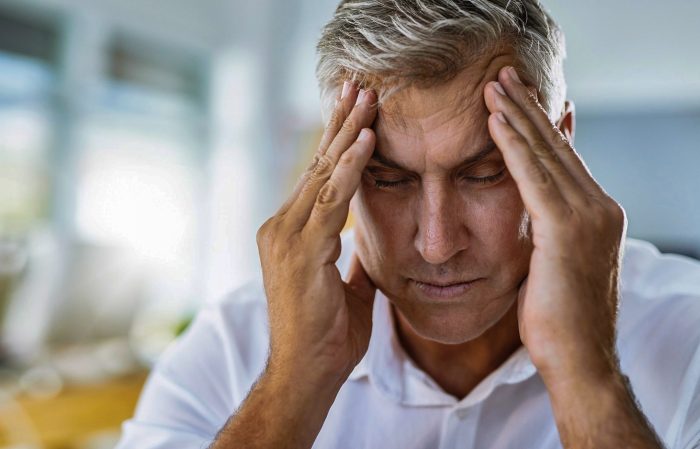
Taking an occasional pill is good to get rid of a headache, but there are other simple ways to eliminate it.
Name the pain
By tension: This is the type of discomfort that remains constant, with repetition near the forehead. It may be due to stress, which causes pain processors to lose control. Studies show that relaxation techniques can reduce the frequency of pain by up to 50 percent or more.
Migraine: Involves severe throbbing pain, often on one side of the head, sometimes accompanied by nausea. It is caused by changes in sleep patterns, skipping foods during the day, and exposure to bright lights and loud sounds. (Hangover pains are mild migraines.)
Stop the suffering
Using over-the-counter pain relievers frequently can make your pain episodes worse by reducing your tolerance to pain. The pills are effective, but limit yourself to just two a week. If you need more, without a doubt, you should go to the doctor.
Avoid future attacks
Prepare your defence from multiple fronts to keep your head free of discomfort. Try these strategies individually or in combination (of course, don’t try acupuncture with a facial massage at the same time).
Here are six essential ways to stop using pain relievers excessively. Follow each step to control the pain and prevent it from recurring.
1. Apply cold
Putting an ice pack on your head is a good option, as it reduces inflammation and calms discomfort, says Kaniecki. Apply the cold to the painful area every hour for 15 minutes.
“THE MUSCLES AND NERVES MAY BE INFLAMED AND IRRITATED BY THE DISCOMFORT, OR MAY HAVE CAUSED IT.”
2. Yoga
A study carried out by a group of researchers from India showed that the constant practice of this discipline could reduce up to 71 percent the headache generated by tension or stress, as well as the spasms in the temporal muscles of the head, which you use during chewing.
3. Press there
Acupressure can reduce the pain of a chronic headache, according to a Taiwanese study. Some people find relief by massaging the area between the index finger and thumb of their left hand, says Peter Goadsby, director of the University of California Headache Center.
4. Exercise frequently
In the same way that some medications control your headache, sports practice achieves it if you exercise for 40 minutes, at least three times a week. Physical activity has been shown to reduce migraine in the same way as pills.
5. Stick your needles
Acupuncture can reduce the frequency of tension pains. This Chinese discipline can be quite an effective treatment against them, according to the Cochrane Collaboration review of the study. Something similar happens with patients who suffer from migraine.
6. Give yourself a good massage
The myofascial stimulation technique is a form of relaxation capable of preventing tension-generated headaches when applied to the back, neck and face of the affected person.
7. Breathing exercises
Breathing exercises are a great therapy to relieve anxiety, stress, and severe headaches that often appear during the work day.
This activity helps oxygenate cells , lowers inflammation levels, and has a relaxing effect on muscles.
